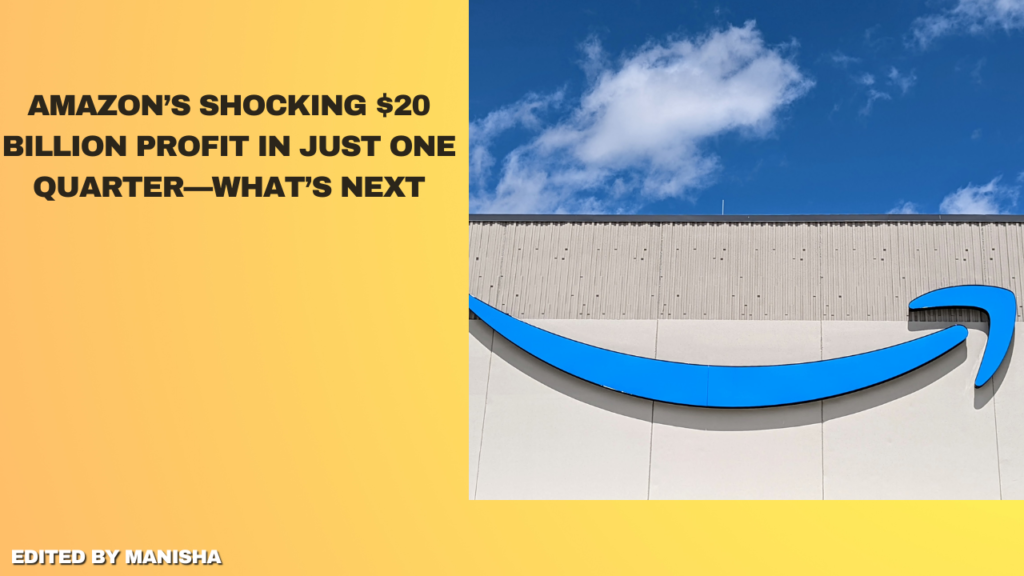
For much of Amazon’s early existence, both investors and competitors criticized the online retailer for its inability to turn a profit. Even as recently as 2014, the company was still in the red.
However, Amazon has dramatically turned its financial situation around, posting an astonishing $20 billion in profits during the fourth quarter of 2024—nearly double the $10.6 billion from the same period in the previous year. With this surge in profits, Amazon is once again emerging as a formidable force that many of its competitors should take seriously. Bolstered by a large cash reserve, Amazon’s CEO Andy Jassy is directing the company’s focus toward artificial intelligence infrastructure, recognizing it as a pivotal opportunity akin to the impact of the internet itself.
In a call with analysts, Jassy disclosed that Amazon plans to invest around $100 billion in capital expenditures in 2025—representing a 20% increase from 2024. The bulk of this spending will be dedicated to strengthening Amazon’s AI infrastructure, as the company competes to lead in what Jassy described as “one of the most significant technological shifts in history.”
Amazon’s massive investment in AI comes as its competitors, such as Google’s parent company Alphabet, also ramp up their own spending, with Alphabet projecting $75 billion in capital expenditures for 2025.
This newly profitable version of Amazon owes much of its success to strong profit margins across various businesses it has built, in addition to its online retail platform. The AWS cloud computing division, for instance, posted an impressive operating profit margin of 37% in the fourth quarter, generating $10.6 billion in profit on $28.8 billion in revenue.
Amazon’s advertising business has also provided a significant boost to its profits. Analysts believe that its ad division likely has even stronger margins than AWS, though Amazon does not provide detailed profit data for the advertising segment. The company’s sponsored product ads, which are hard to distinguish from regular product listings, have increasingly dominated search results on the site. Additionally, Amazon has aggressively pursued TV advertising budgets from large brands, selling video ads through its Prime Video streaming service.
Despite its expansion, Amazon has kept its operating costs under control, with operating expenses rising just 6% in 2024, even as total revenue grew by 11%.
In the fourth quarter, Amazon’s overall revenue increased by 10% year-over-year, reaching more than $187 billion, aligning with analyst expectations. This marks what could be the first quarter that Amazon surpasses its retail rival Walmart in sales, as Walmart is projected to report around $180 billion in quarterly revenue. However, it’s worth noting that Amazon’s revenue comparison includes its cloud business, which contributes 15% to 17% of total revenue—an area in which Walmart does not have a similar offering. Amazon’s net profit for the quarter was $20 billion, an 88% increase compared to the same quarter in 2023.